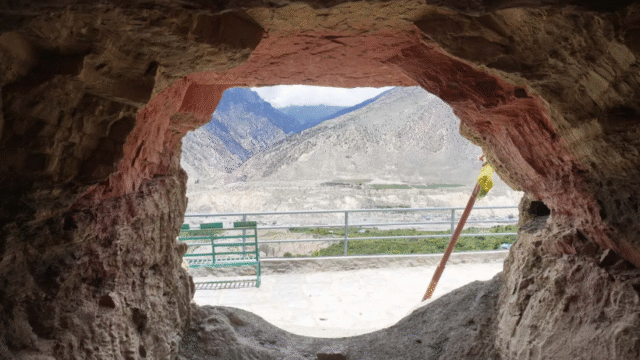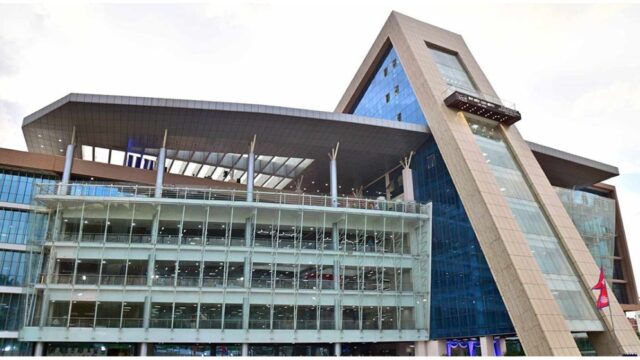The Bagmati Province Government has unveiled a budget of Rs 64.54 billion for the fiscal year 2024/025, with a strong emphasis on enhancing the tourism sector. Economic Affairs and Planning Minister Jagannath Thapaliya presented the budget at the provincial assembly meeting on Saturday, detailing allocations that include Rs 26.1 billion for current expenditure and Rs 36.93 billion for capital expenditure. This new budget is an increase of Rs 1.83 billion from the previous fiscal year.
Minister Thapaliya emphasized that the upcoming fiscal year’s budget prioritizes education, healthcare, agriculture, and tourism. Notably, a substantial portion of the capital expenditure is earmarked for tourism development, reflecting the government’s commitment to leveraging the province’s rich cultural and natural attractions to boost the local economy.
Of the total budget, 40.44 percent is allocated for current expenditure, 55.23 percent for capital expenditure, and 2.32 percent for fiscal management. Specifically, Rs 1.5 billion is dedicated to fiscal management, ensuring sustainable financial practices.
The budget announcement includes the declaration of the upcoming fiscal year as ‘Skill Year,’ aiming to enhance the skills and employability of the workforce, which is expected to benefit the tourism sector by improving service standards and hospitality.
Minister Thapaliya’s budget plan highlights several key initiatives to bolster tourism in Bagmati Province, such as infrastructure development, promotion of cultural heritage sites, and eco-tourism projects. These initiatives are designed to attract more domestic and international tourists, thereby stimulating economic growth and creating job opportunities.
The Bagmati Province Government’s strategic focus on tourism, coupled with substantial financial backing, underscores its commitment to transforming the region into a premier tourist destination. This approach is anticipated to harness the province’s potential, promote sustainable tourism, and contribute significantly to the local economy.






